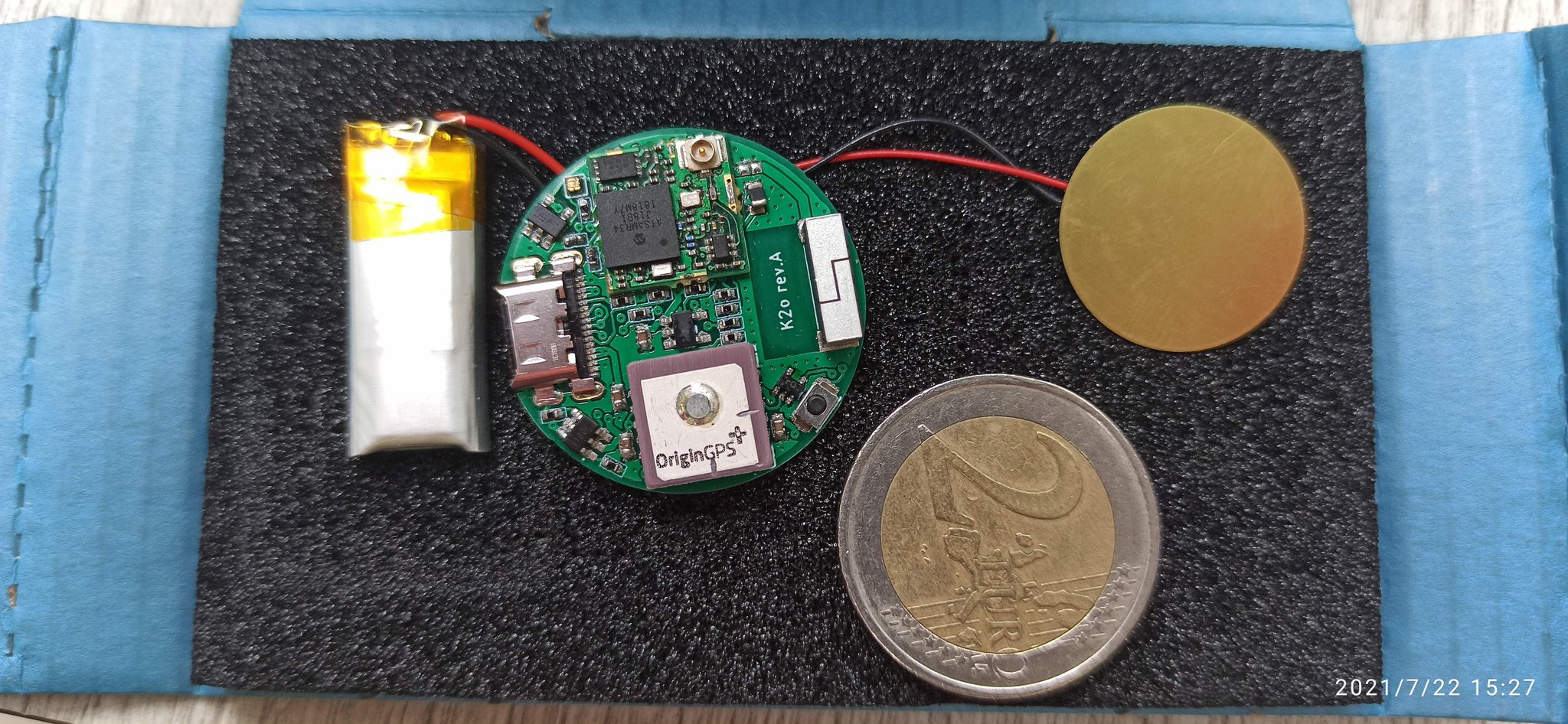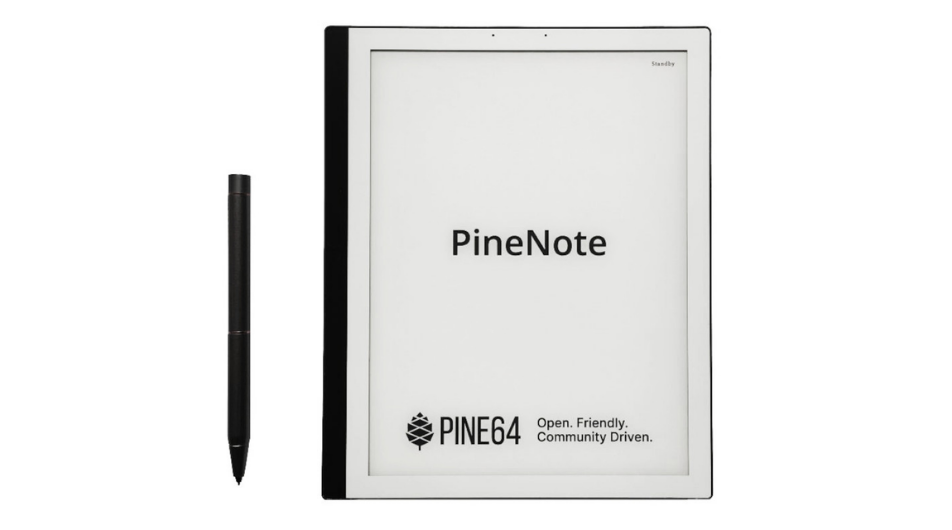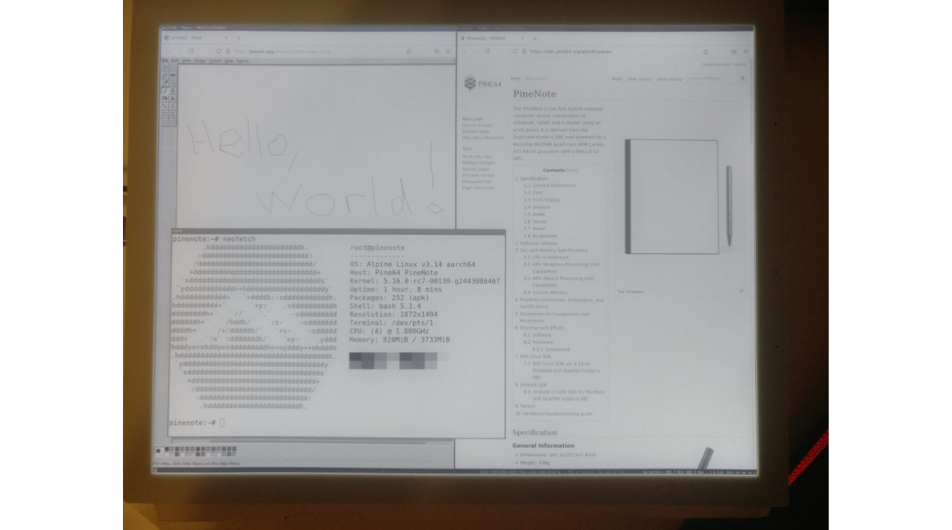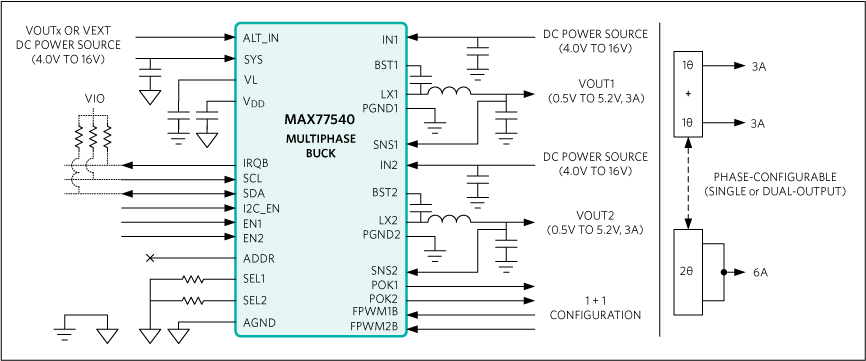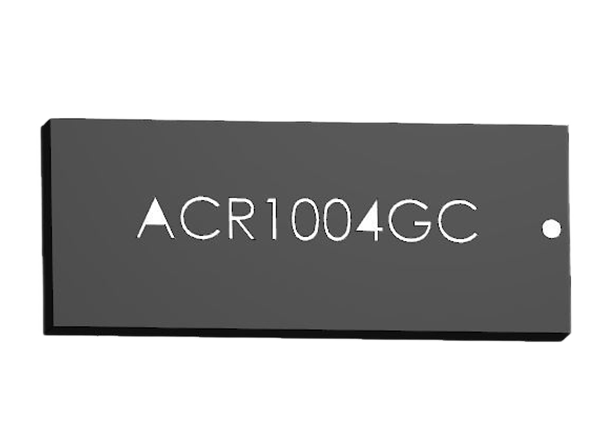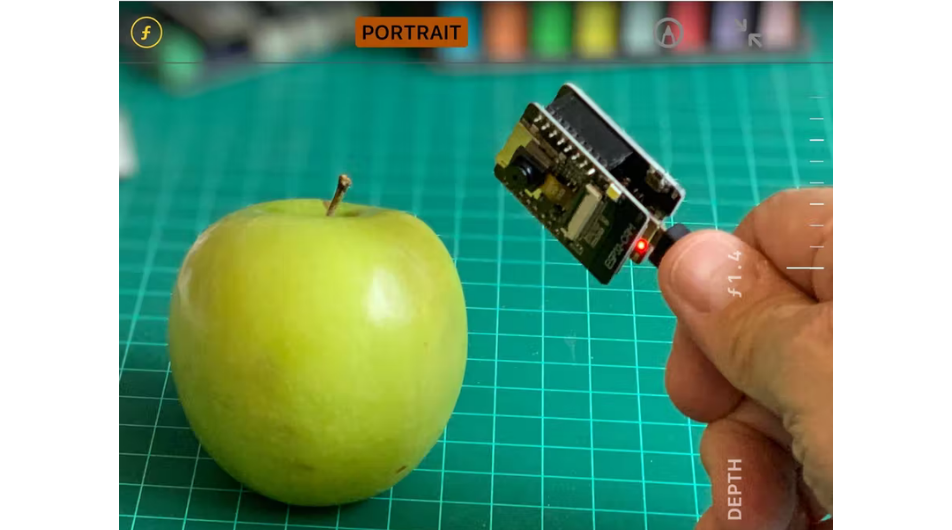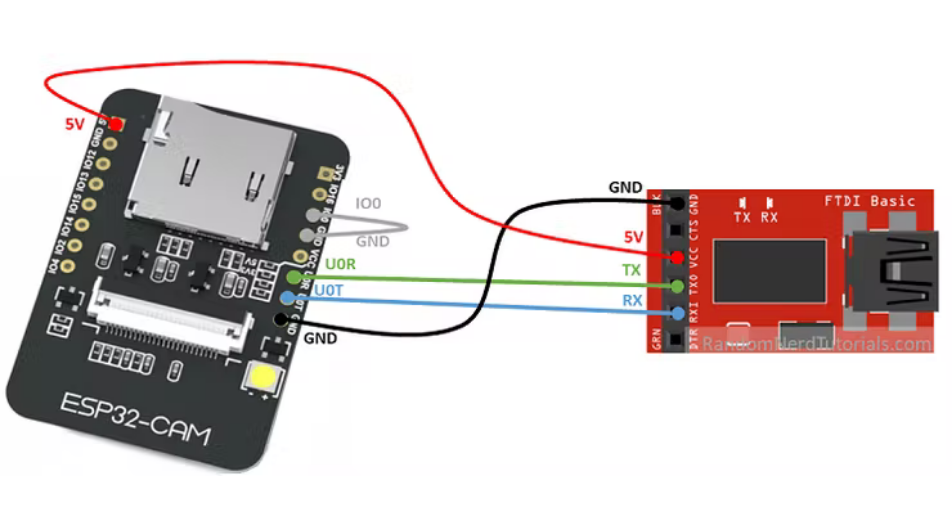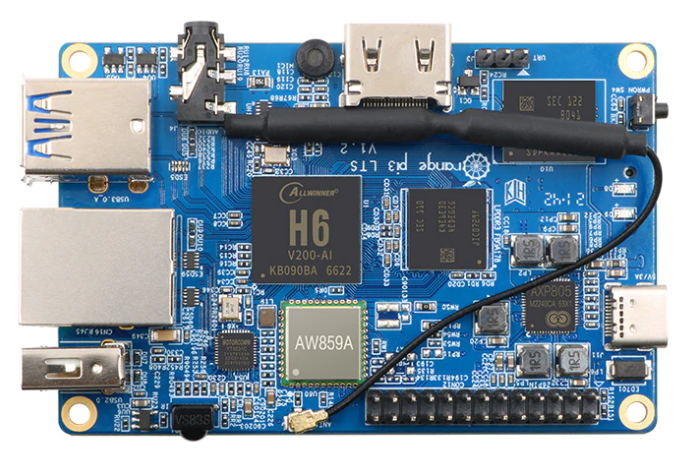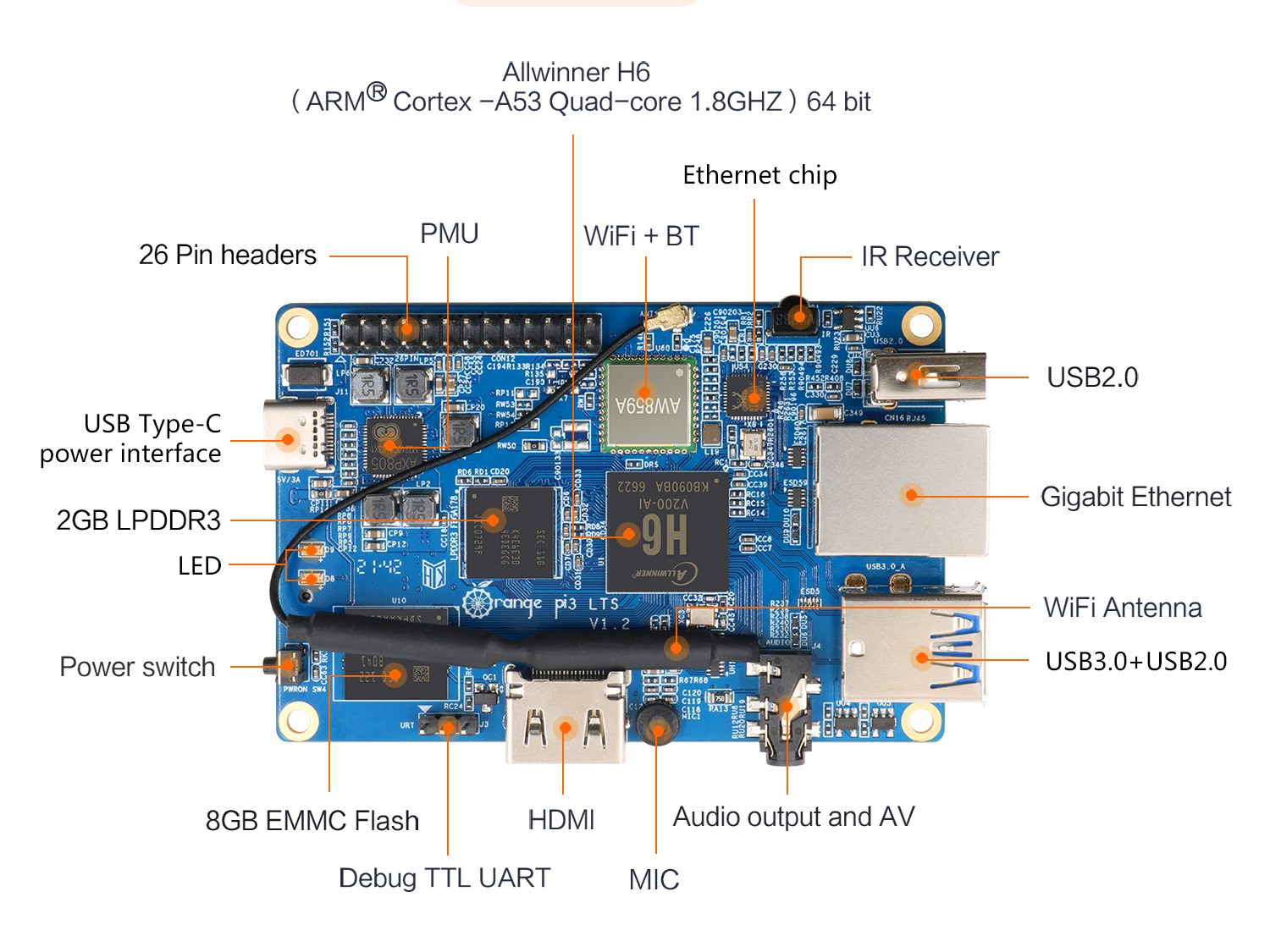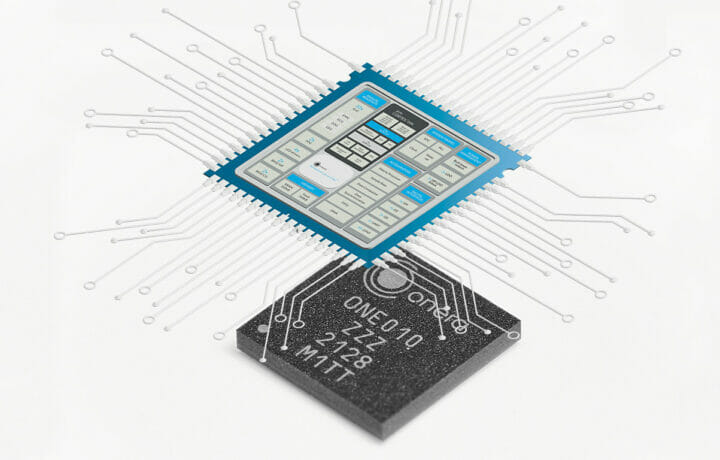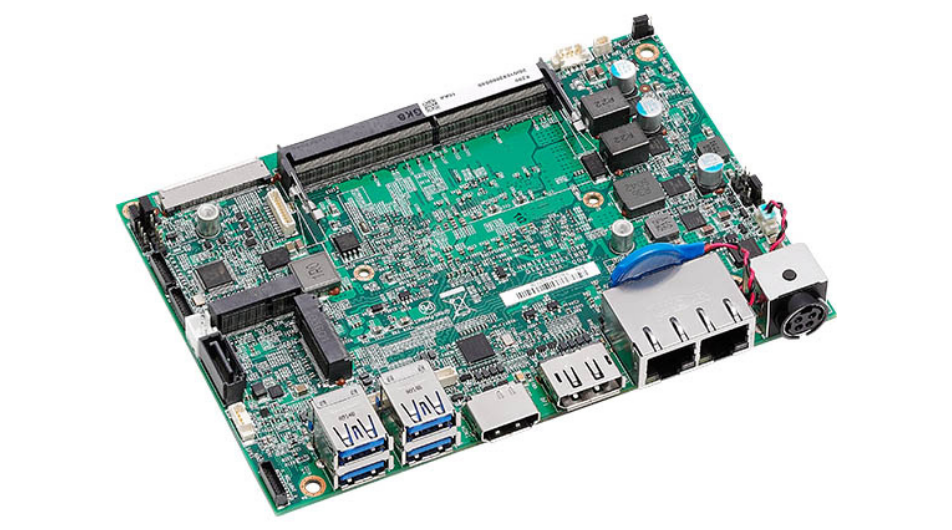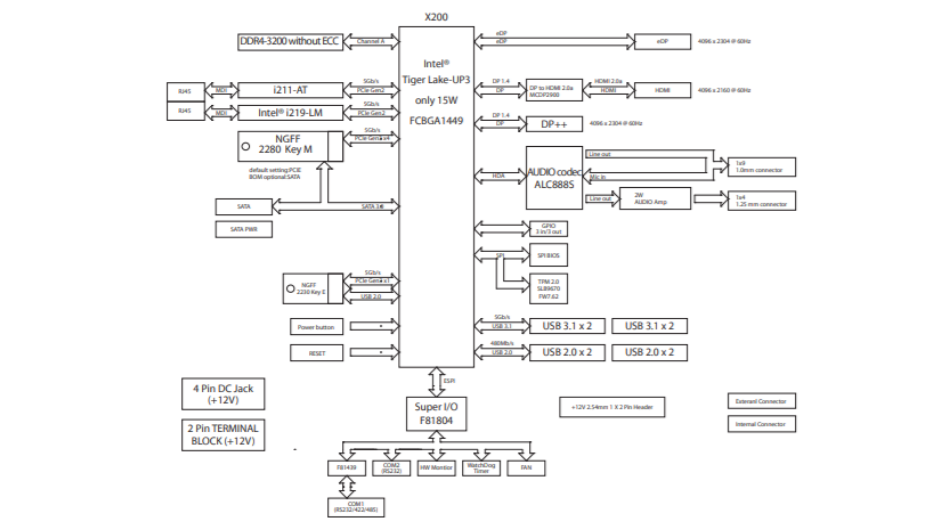Cats are adorable creatures but with a knack for wandering and getting lost every now and then, so much that a common desire among owners is usually to have a reliable way to track them. While a host of adaptable tracking solutions exist, German Engineer, Gerhard Peter felt this is worth a bespoke solution and recently shared the progress he has made with the device, which he’s calling the KatzenTracker; German for Cat Tracker.
While this started off as a personal DIY project for Peter, it has grown into a global product with a huge following and a growing pre-order list as a testament. Fitted into a coin-sized, circular, 30mm. multilayer PCB, the Kazen tracker is based on the EMB-LR1276S 868 / 915 MHz wireless module which features the ultra-low-power, LoRa enabled, 32-bit Cortex SAM R34 microcontroller and comes pre-configured for communication over LoRaWAN, allowing users to easily connect to individual gateways or networks like TTN.
With the EMB-LR1276S taking as little space as possible, the Katzen tracker fits the remarkably small-sized ORG1410 GPS from Origin GPS on the device to acquire location data. To get information on the cat’s movement/activity, the Kazentracker also features the 2mm² miniature low-power, BMA400 tri-axial accelerometer from Bosch.
In addition to the miniature sensors, the device comes with a reset switch, an ultra-low-power 3.3V regulator, and an installed 100 mAH (150 mAH nominal) LiPo battery with a protection circuit and charging controlled by the TI BQ21040 charge controller. For notification purposes, the device features a piezo speaker, Broadcom RGB LEDs, and an electronic ink (e – ink) display, all of which provide feedback to the pet owner via alarms and indication/display of information such as the power status among others.
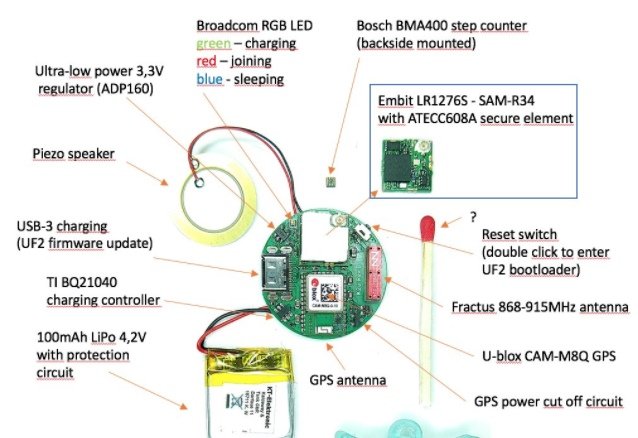
Key Features and Specifications of the Katzen tracker
- SoC: Embit LR11276S SoC with integrated LoRa®/LoRaWAN® being compliant with the latest LoRaWAN® specs, along with an integrated crypto unit to protect communication
- MCU: SAM-R34
- Power Supply:
- 5V charging voltage via USB-3
- Installed 150mAH nominal LiPo Battery
- GPS: ORG1410 GPS module
- Accelerometer: Bosh BMA400 tri-axial accelerometer
- Wireless: LoRa antenna module, external LoRa antenna
- Misc: Reset switch, piezo speaker
The Katzentracker project is not open source, but useful information about its development and other general details can be found on the project’s Wiki and Twitter pages.
As of the time of this writing, the Cat tracker is not yet available for sale, but Peter has provided a pre-order page for those interested in the device, and manufacturing and delivery are expected to start soon.


